Here’s a silly secret: I love budgeting travel… and I also think that most guides to creating a travel budget make it entirely too complicated.
I initially wrote this guide on how to budget for a trip almost 9 years ago, when we were prepping for what we were then calling a 6 month round the world trip (spoiler: depending on your definition of “trip”, it lasted a whopping 8 years).
50+ countries and the better part of a decade later, I’m still using the exact same, simple formula for calculating our budget while traveling–even if our definition of traveling on a budget has changed over the years.
Planning to hit the road soon and wondering how much money you need for your trip?
Whether you’re headed off on a 2-week Europe trip or you’re planning to live out of a backpack for years like we did, our simple method for budgeting travel expenses has you covered.
Here’s the travel budget strategy that we swear by to this day!
Table of Contents
Our Formula for Creating a Travel Budget
Here’s our incredible simple calculation for travel expenses:
(Money Saved – Major Expenses) / Number of Days Traveling = Daily Budget
That’s it.
This travel budgeting method is simple, easy to remember, and allows you to easily translate your savings from a pile of money into an actual travel budget.
Some long-term travelers prefer to divide by the number of weeks instead of the number of days, on the premise that some days you may blow a large amount, and then have cheaper days to make up for it (and if you’ve never tried it, odds are that long-term travel is cheaper than you think).
While that is 100% true and Jeremy and I definitely balance expensive days with inexpensive ones, I still prefer to think in terms of days.
In my experience, smaller numbers tend to be more easily tracked and are less overwhelming as a result.
How to Define Major Travel Expenses
“Major expenses” can be somewhat of an ambiguous term, but I tend to use this for pricey plane tickets, travel insurance, and large monthly bills that you’re still responsible for during your trip (say, a car payment or health insurance).
If you’re headed to any destinations that require a visa, be sure to include those costs as well!
For shorter trips, I also like to include lodging and certain cheaper transportation costs (night trains, budget airline flights, rental cars) here, but for long-term travel, that’s not practical.
The point of the major expenses category is simply to remove the money that is allocated for specific expenses from play before determining how much you have to spend on daily expenses.
This is to avoid either a) running around feeling like you have more money than you do and overspending or b) anxiously fretting about the upcoming expense (like a plane ticket home) and saying no to things that you want to do because you’re needlessly stressed about not having enough money.
Personally, we’re much more likely to do the second.
Looking back on our last (almost) decade of travel, I can now definitively say that there have been more experiences than we’ve said no to when we should have jumped at the opportunity than times we splurged on an experience that wasn’t worth deducting from our calculated travel budget.
Luckily, thanks to this travel budgeting system, those experiences have been few and far between.
(And they have continued to get even rarer as we gain more travel experience, too).
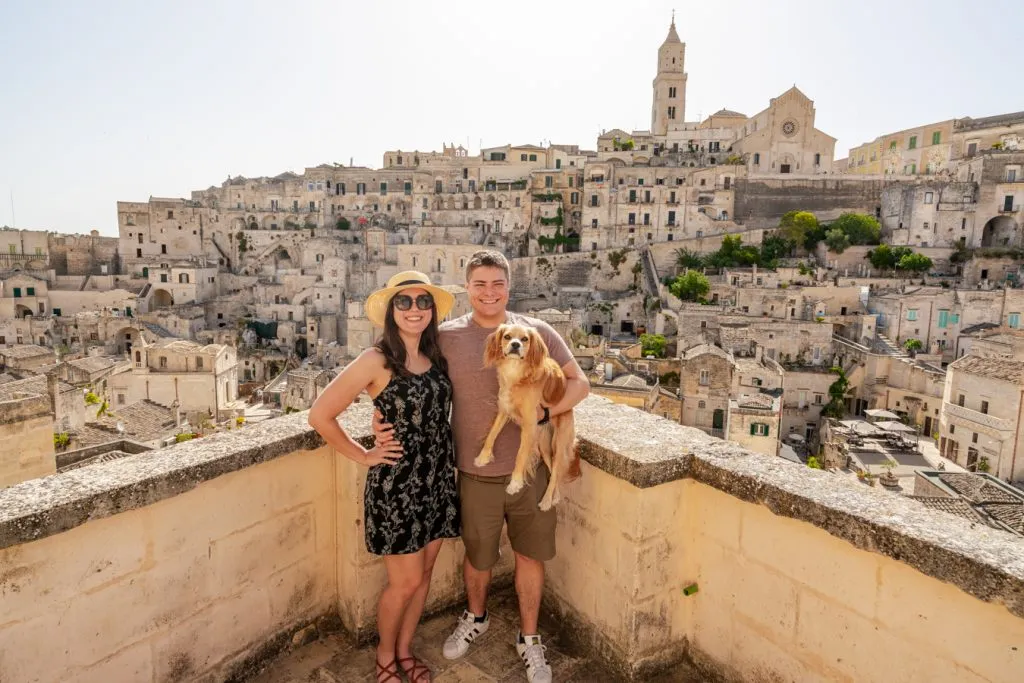
Why We Like This Travel Budgeting System
For us, this method of creating a travel budget works perfectly.
Thanks to careful tracking, we have never overspent on a trip, and we’ve also never worried much about money during our travels.
The worst that will happen is that we have a couple of pricey days in a row and follow it up with a day of inexpensive hiking or laying on the beach to make up for it (hardly a tragedy).
While I tend to track our daily expenses via mental estimates, I will write out cash expenses daily and credit card/more easily tracked expenses a couple of times a week–yes, even 9 years later.
It may seem like a drag, but 10 minutes of work can relieve a lot of stress and fear of the unknown that can come with just letting your money slip to the back of your mind.
(At least, it will be in the back of your mind until you start panicking over the thought of where your checking account balance might be when trying to fall asleep at night!).
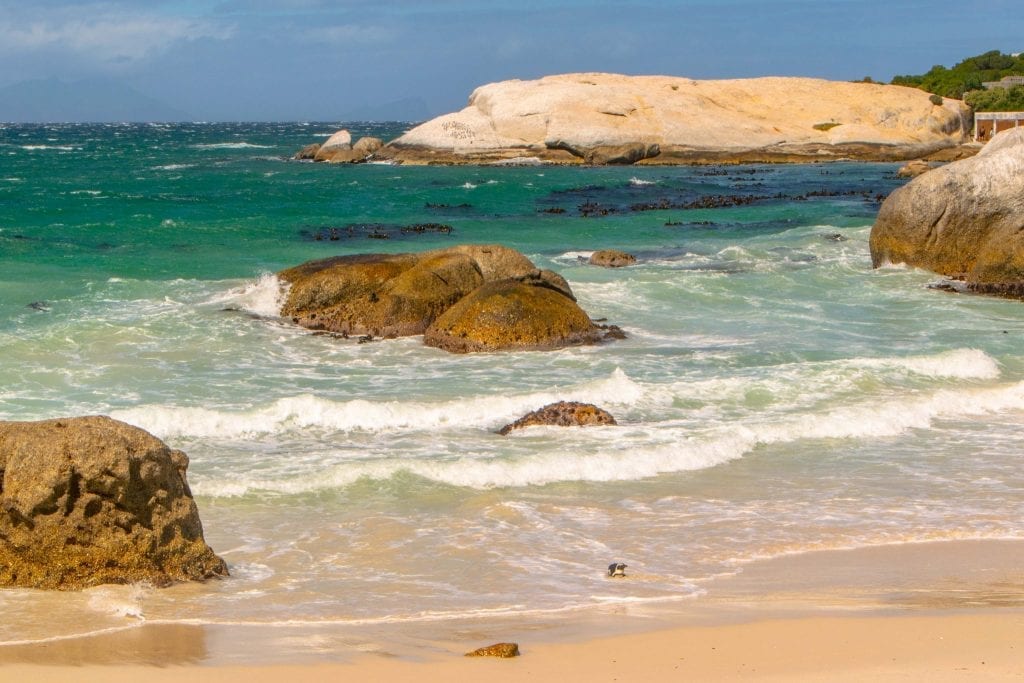
Example of How to Budget for a Trip
Let’s say that a couple traveling is traveling to Paris from the USA for one week, and wants to calculate their travel budget.
In the interest of not searching too deeply for a pretend trip, I’ll say they buy the first flights they search for don’t stress about that too much. They’re also cautious and want travel insurance for their trip.
Our pretend couple has a $4000 travel budget, in total.

Major Travel Expenses for Our Mock Paris Trip
Round-Trip Flights to Paris: $2000
Travel Insurance: $150
Hotel Room, $130/night for 7 nights: $910
($4000 total budget – $3060 major expenses) / 7 days = $134.28/day to spend, or $67.14/per person, per day.

I would round those down to $134 or $67, both for the ease of math and to build in a slightly conservative slant to the budget.
This would need to cover activities/tours, souvenirs/shopping, transportation while in Paris, and food/drinks.
That’s not only doable but completely comfortable in Paris, as long as our pretend couple is not hoping for luxury travel.

Tips for Travel Budgeting
Know what’s worth it to you.
If you’re a major foodie, skimping on dining probably isn’t going to work for you–and if you’re a SCUBA lover, suggesting you limit dives on a beach trip may sound miserable.
Whatever your priorities are, focus on those and skimp on other areas, instead–even if other travelers consider the things you skip to be must-see sights.
Check in on your budget regularly.
Even if you don’t check in daily, be sure to track your budget at least every few days.
This will help keep you from blowing off course in either direction and also relieve any anxiety you have about not knowing the status of your budget.

Remember that traveling on a budget doesn’t mean having less fun!
Some of our favorite travel experiences cost little to nothing.
Browsing local markets, enjoying a beach day, going for a hike, wandering aimlessly through cities, sampling street food, and more all make for wonderful and incredibly memorable travel days.
Travel budgeting can be daunting when you get started, but once you get used to it, it enhances, rather than detracts from your experiences.
Not only are there wonderful travel experiences to be had at all budgets, but knowing where you are in your trip financially is much less stressful than constantly worrying that you’re over your travel budget… without having the concrete data to confirm if you even are!
Ready to keep planning your dream trip?
Tired of doing math and ready to start dreaming of vibrant vistas and delicious desserts?
We would love to continue to be part of your planning process here on Our Escape Clause!
With more than 500 blog posts covering 50 countries and counting, we have quite the archive to peruse!
You can browse our destinations page to seek out blog posts about where you’re headed, or use the search bar (top right of the screen on desktop, or as part of the pop-out menu if you’re using your phone) to see if we’ve written about somewhere specific.
You also might like to check out these guides:
- 13 Minimalist Traveling Tips for Living Out of a Backpack
- How to Travel Europe By Train: The Ultimate Guide (+ Tips!)
- 33 Weirdly Specific Things We’ve Learned Traveling the World
- How Choosing a Life of Travel Changed Everything
- 101 Best Short Travel Quotes to Inspire Your Next Trip
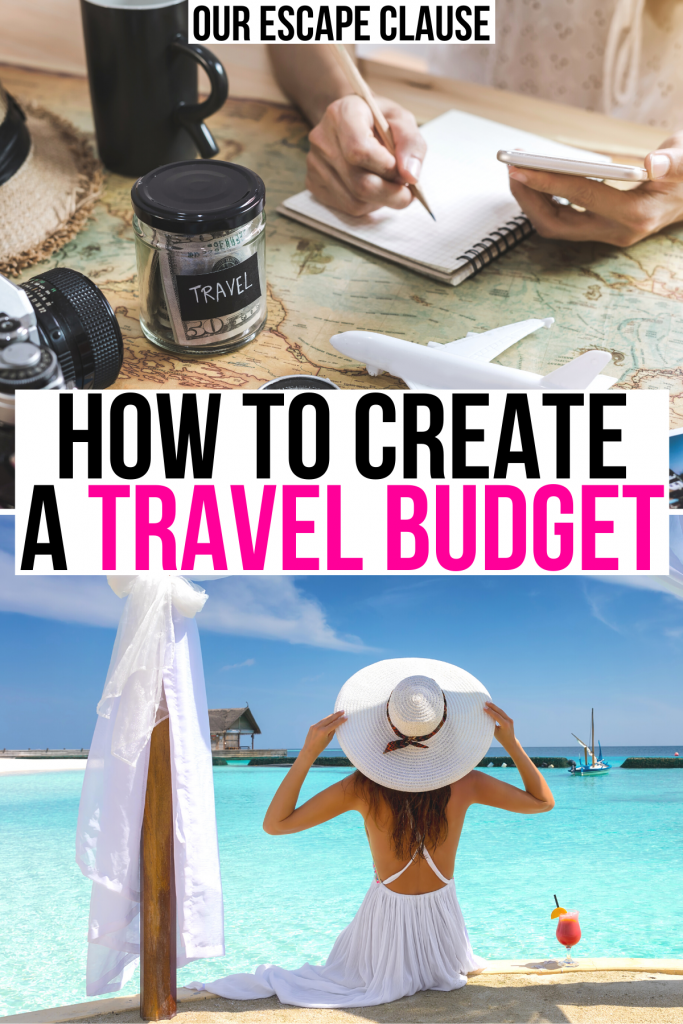
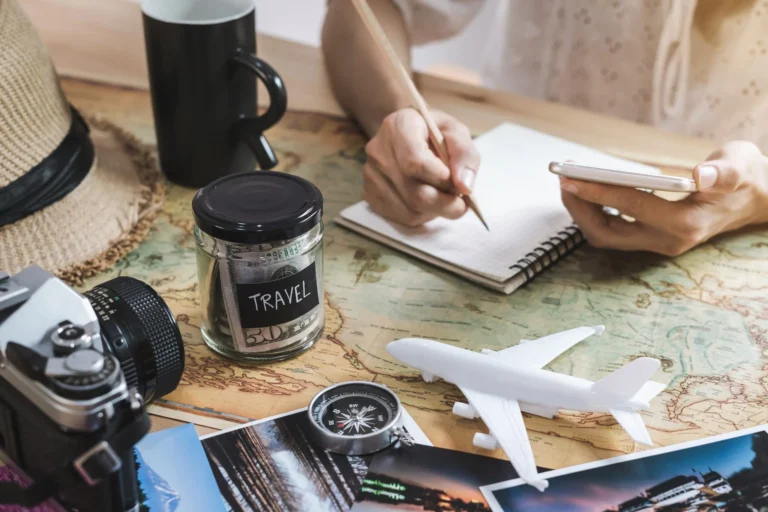

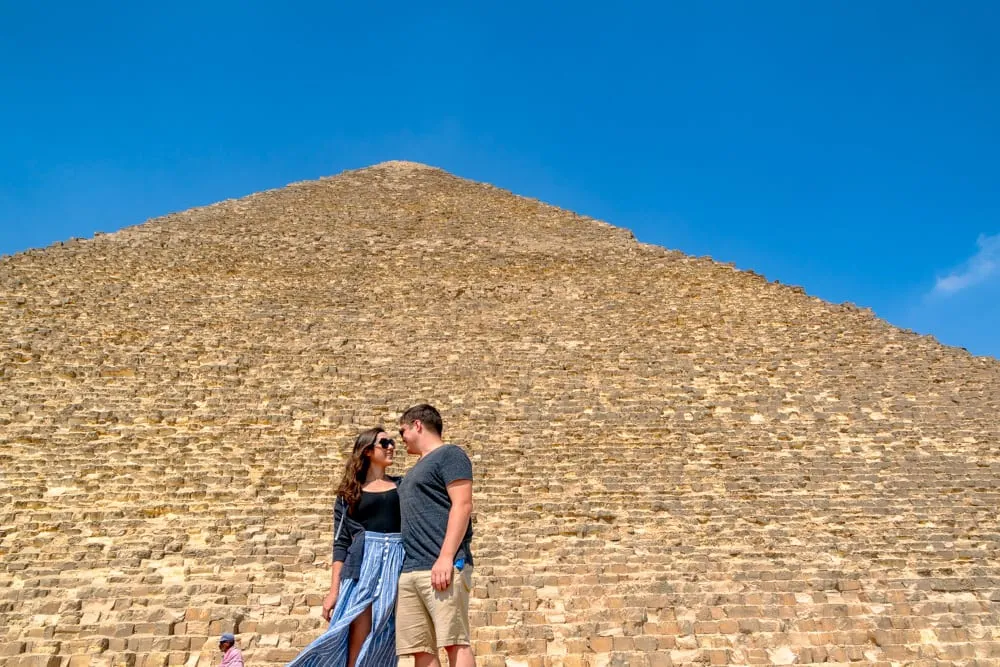


Excellent post. I was checking continuously this blog and I am impressed!
Extremely useful information specifically the last part 🙂 I care for such info a
lot. I was looking for this particular information for a long time.
Thank you and good luck.
Thank you! Appreciate you stopping by! 🙂
bookmarked!!, I love your site!
Thank you!
Another small thing to consider would be to convert your daily budget amount to local currency.
Great point, thanks for stopping by! 🙂
This is by far the best travel blog I have come across. Thank you!!!
So happy to hear that, DeElla!
Great info!
Good info. Thanks we will be traveling Italy for 28 days. The last 7 we are staying with friends. We don’t want to rent a car but use trains between towns and subway/buses in the cities. How do I budget for that? Are there month long passes for each? Excluding airfare we have $7000 food/transportation/entrance fees. Does that sound doable? We are flying into Rome, then Florence and take day trips from there, then ending up in Ugento. Any recommendations?
Thanks, Brenda!
You can definitely get around Italy without a car, that’s not a problem at all. $7000 for for 28 days on the ground also sounds reasonable (I’m assuming you’re traveling as a couple).
Trenitalia does have a monthly pass of sorts for trains, similar to the Eurail pass but for Italy only. However, I wouldn’t necessarily recommend it without knowing your schedule. Most likely, booking each leg individually is fine.
For short distances in rural areas that you travel by bus, you won’t need online tickets or anything like that. Same for any “local” trains you take, like the slow train between Florence and Bologna. You can buy those tickets step by step as you go, as the prices are set.
Where the prices get higher and you’ll need to budget in advance is for the high-speed train routes around Italy, like from Florence to Lecce, for example. Those trains have dynamic pricing, so if you can book your tickets in advance, you’ll both spend less and be able to budget more easily.